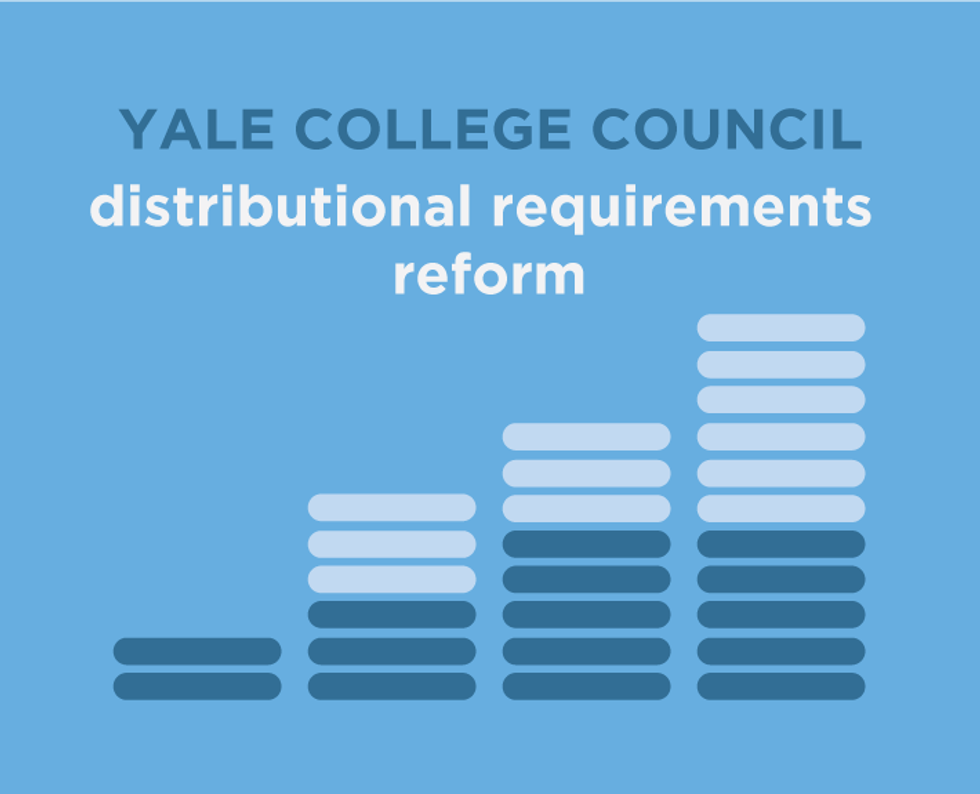Whether it drew you to Yale or this is the first you’re hearing about it, Credit/D is both a blessing and a curse. Yale College lets us take 4 of our 36 credits required for graduation as Credit/D classes, where letter grades disappear and, for most of us, are replaced by the vague term “credit.” It’s like pass/fail, except you can earn a D and fall into limbo between passing and failing. It sounds glorious in theory; you can simply erase a poor grade you don’t want on your transcript with no penalty to your GPA.
But there’s a catch: you can start a class credit/D and convert it to a letter grade halfway through the semester, but you can’t change a letter grade to credit/D. You have to know ahead of time that you won’t want this letter grade on your permanent record. Who exactly does this help, then, if it only goes one way?
Credit/D benefits the typical Yalies who have way too many passions to pursue in depth, who want to dabble in a new subject outside their comfort zone, who decide to take a sixth class for fun without seriously committing to it.
In my first semester, I took all my classes for a letter grade, thinking I could handle adventurous new subjects and their impact on my grade point average. Now that I’m in my second semester of college, I don’t know much more than I did before, but I do know that I perform much better within my comfort zone. So I decided to leave my comfort zone.
I never thought I’d take any sort of art history class. I’m incredibly STEM-oriented, and anything that involves writing academic papers is tortuous. But here I am, researching ancient Greek art, writing lengthy papers about it and enjoying it. For me, taking this class credit/D means working just as hard, but without the added pressure of grades.
Remember how you can start the class credit/D and then convert it back to a letter grade? You might want to do that if you’re doing well in the class. But if you’re like me, and get easily distracted, you might miss the deadline to do that, and it won’t matter that you aced the first two papers and the midterm, because now you’re stuck with credit/D.
Don’t make the same mistake I did. Pay attention to deadlines.
But now that I’m taking the class credit/D, I can relax at the end of the semester. Doing well in the first half of the term means I can afford to focus on my other classes. At the end of the day, a C- shows up as a “credit” the same as an A shows up as a “credit,” so it’s not worth worrying about.
“But isn’t pass/fail cheating? It’s not the same as an earned grade.”
This is a common argument I get from adults, especially my parents, who don’t always understand the benefits of a system that focuses more on gaining knowledge than strictly passing tests. Yale counters this by requiring students to take classes in their major and for distribution requirements for a letter grade, allowing credit/D to be an option for the exploration of secondary interests and for the sake of knowledge.





















